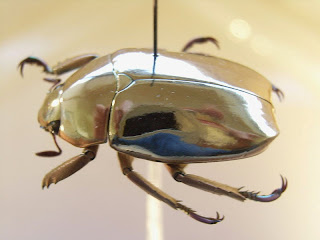5 Amazing places in Honduras That Competing Tourism Neighboring Countries In Central America Don't Want You To Know About
1
Lancetilla Botanical Garden is the 2nd largest botanical garden in the world. And the biggest in Latin America. With over 1,700 Hectares and over 1,500 botanical plant species. The area is tourists and family friendly, has a restaurant area, many eatable fruits, private tour experts, over 350 species of birds, and other animals and insects also habits the garden. All plants are carefully labeled with their names, and some are venomous. You can also find the Venus Fly Trap and other cool plants.
2
Pico Bonito National Park is a flora and fauna National Park. It is located in a mountain range called Cordillera Nombre de Dios. It can be reached via car or bus and it has an altitude of between 60 and 2,480 metres. Many renowned international photographers travel all the way here to take some of the most breath-taking animal and plant photographs.
You can stay at The Lodge at Pico Bonito which is a nice tropical mountain getaway. The location is perfect for hiking, ziplining, white water rafting trips, photography, comforting spa service, and much more!3
Copan Ruins is the most artistic Pre-colombian Mayan city in the Maya world. It was built around the 9th century BCE. Founded by K'inich Yax K'uk' Mo' the first emperor/king to re-establish and govern Copan. Copan is probably the most well-known wonder of Honduras, because of great archeological discoveries that has taken place since the 1950s. Copan City is still home to a much modern Mayan bloodline which are called Ch'orti'. Copan has many statues, plazas, and steles and tourist can visit this site by paying a small fee of 1,000 Lempiras which is roughly about $50 US Dollars.
4
is located in the northern part of Honduras in a city called Tela. Is
a protected park that features a fresh water lagoon, Monkeys, an
extensive bay, lush white-sand beach, palm trees, variety of insects,
spiders, birds, lizards, crocodiles, dolphins, the Capiro Bank coral reef, etc... Tourists can stay at the $140 million dollar Indura Beach & Golf Resort which is a 5 Star luxurious retreat villa with a Designer
Golf Course, Spa area, Restaurant and take scuba diving classes,
celebrate a wedding, go kayaking, hiking, zip lining, swim in crystal clear waters of the Caribbean Sea, and much more!
5
Bay Islands is one of many Honduras natural wonders competing tourism neighbors don't want you to know about, because it a true paradise in the sea. Bay islands is a department of Honduras, it is made out of 8 large islands and 53 small cays which include: Roatan, Utila, Guanaja, Cayos Cochinos--which are the main islands for tourists attractions. Bay Islands are minutes away to the Mesoamerican Coral Barrier Reef System which is the 2nd largest Coral Reef in the World after the Australian Coral Barrier.












